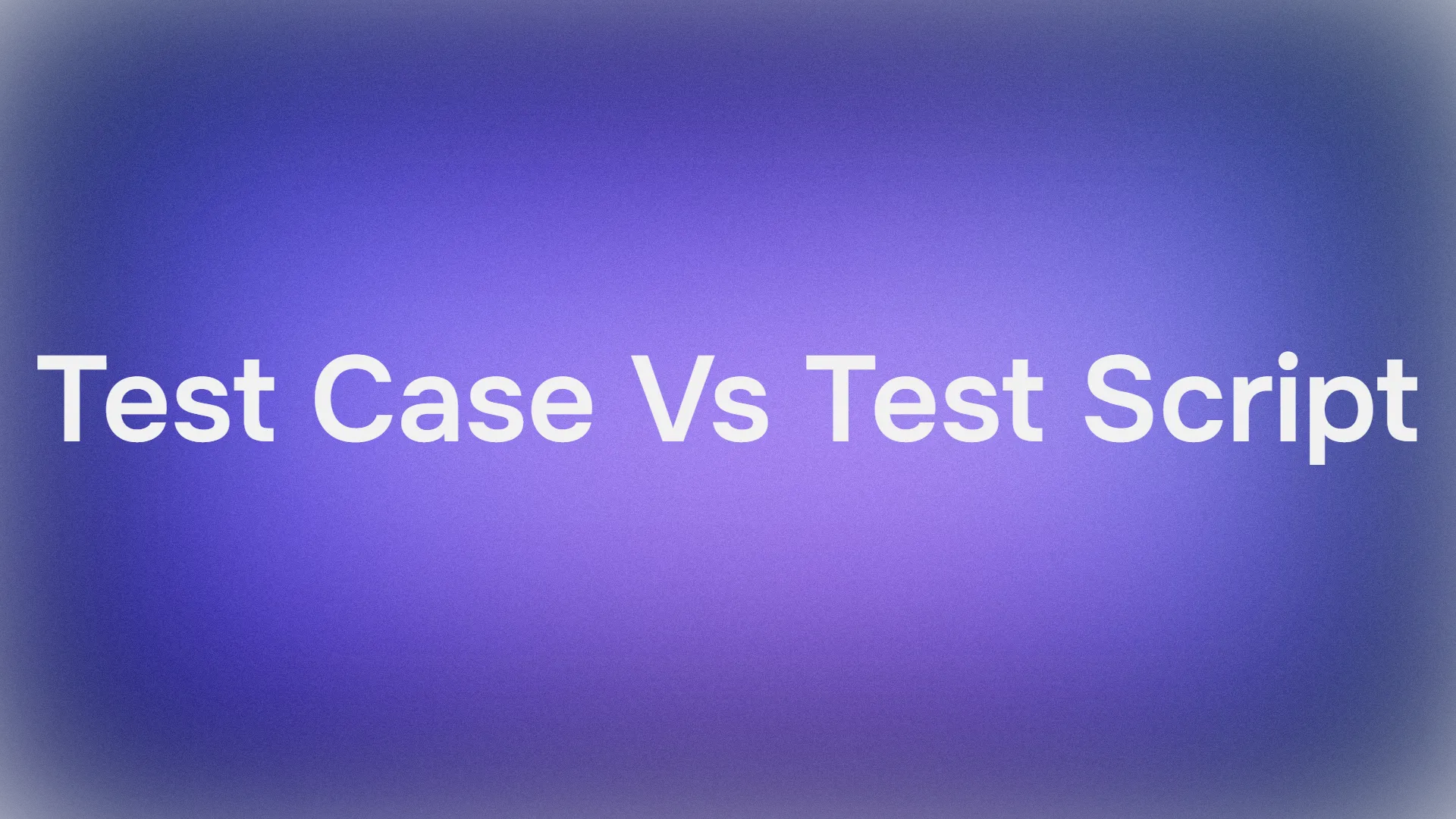When it comes to showing off your system’s specs right in the terminal, Neofetch has long been a go-to tool for Linux users. But with limited updates, and many users looking for something more feature-rich, alternatives to Neofetch have become a hot topic. Neofetch may be dead in the eyes of some, but that doesn’t mean it’s game over for those who want stylish system information displays. In fact, new tools have emerged with powerful features, customizable displays, and even API integrations that go far beyond Neofetch's capabilities.
In this post, we’ll take a look at some of the top Neofetch alternatives, including tools like Apidog, a tool that offers powerful API design, testing, and debugging capabilities that pair well with modern system information fetchers.
Why Look for Neofetch Alternatives?
Neofetch has been a trusted tool for years, especially among Linux users who appreciate its clean, text-based presentation of system information. It’s simple, effective, and gets the job done with minimal configuration. However, for some users, the bare-bones display isn’t quite enough anymore. There’s also been talk that Neofetch is no longer actively maintained, leading many to wonder what comes next.
In this article, we’ll look at some of the top alternatives, including options that provide additional functionality such as interactive dashboards, easier customization, and powerful APIs.
What to Look for in a Neofetch Alternative
When searching for a Neofetch replacement, consider what you value most in a system info tool. Here are some key factors to keep in mind:
- Customization: How easily can you customize the output?
- API Integration: Does the tool support APIs to enhance functionality?
- System Compatibility: Is it cross-platform, or does it work only on Linux?
- User Interface: Do you prefer a text-based display or something more graphical?
- Active Development: Is the project still maintained and supported?
With these criteria in mind, let’s dive into the best Neofetch alternatives for 2024.

1. Fastfetch
Why Choose Fastfetch?
If you love Neofetch but find it a bit slow, Fastfetch might be your ideal replacement. It’s essentially a re-imagined version of Neofetch that prioritizes speed. Written in C, it loads faster and provides all the essential system information you’d expect from a Neofetch alternative. You’ll get details like your OS, kernel version, and system memory, all within milliseconds.

Features
- Speedy data retrieval for users in need of quick information
- Excellent customization, allowing changes in ASCII art, colors, and layout
- Lightweight, perfect for older systems or minimal setups
Fastfetch doesn’t offer built-in API functionality, but if speed and simplicity are your top priorities, this is a solid choice.
2. Screenfetch
Why Choose Screenfetch?
Screenfetch has been around for almost as long as Neofetch and provides similar functionality. However, it’s a little more graphical and customizable, allowing users to play with colors and ASCII logos. It’s a great option if you want something familiar but with a touch more flair.

Features
- ASCII art for popular Linux distros
- Highly customizable color schemes
- Runs on Linux, macOS, and Windows
While it doesn’t support API integrations, Screenfetch works reliably and is still maintained, making it a strong contender for users looking to switch.
3. Pfetch
Why Choose Pfetch?
Pfetch is another lightweight alternative that emphasizes simplicity and speed. While it lacks some of the fancier customization options, it’s perfect if you need a basic system fetcher with minimal footprint. It works great on Linux, macOS, and BSD systems.

Features
- Lightweight, minimalist design with low resource usage
- Quick installation and configuration
- Great choice for users who value simplicity over flashy features
For users who want a super light, no-frills system info fetcher, Pfetch is an efficient, distraction-free choice.
4. Archey4
Why Choose Archey4?
Archey4 is a Python-based system information tool that has gained popularity thanks to its easy setup and customization options. It’s visually appealing, and while not as minimalistic as some other options, it offers a balanced approach between aesthetics and functionality.

Features
- Written in Python, making it easy to modify and customize
- Good support for macOS, Linux, and FreeBSD
- User-friendly configuration files for quick setup
Archey4 may not have extensive API support, but its Python foundation makes it easier for users who want to extend or customize its functionality.
5. Ufetch
Why Choose Ufetch?
Ufetch is designed for users who want a truly lightweight and straightforward tool. It’s known for its small size and minimalist output, making it ideal for low-spec systems or users who want the basics with no extra fluff.

Features
- Small and fast, perfect for low-resource machines
- Provides essential system information without extra configuration
- Limited but easy-to-use customization options
For anyone who wants a Neofetch replacement that’s even simpler, Ufetch is an ideal solution. However, it’s limited in terms of customization and lacks API support, so keep this in mind.
6. Apidog – The Versatile Option with API Capabilities
Why Choose Apidog?
Apidog isn’t a traditional Neofetch alternative, but it stands out for users who need API functionality in their system information tool. Apidog provides a full-fledged API platform where you can design, test, and debug APIs with ease. This can be especially handy for developers who need more than just system information; they need something that can integrate with other software or provide data in a structured format.

Features
- API design, testing, and debugging tools for developers
- Can pull in and display data through APIs, offering more than just system info
- Great for devs who want to monitor system specs alongside testing APIs
If you’re looking for a multi-functional tool that goes beyond fetching system info, download Apidog for free here. It’s a unique solution that combines system data with powerful API tools, ideal for developers.

7. inxi
Why Choose inxi?
Inxi is a powerhouse when it comes to system information. It provides an extensive array of data, making it a favorite among power users who need more than just the basics. With inxi, you’ll get everything from GPU details to network configuration, all available via the command line.
Features
- Comprehensive system information, including GPU, network, and more
- Regular updates and strong community support
- Works on Linux, macOS, and BSD
If you’re an advanced user who needs detailed system data and doesn’t mind the command line, inxi is one of the most feature-rich options out there.
8. Sysfetch
Why Choose Sysfetch?
Sysfetch is another lightweight, text-based tool, similar in spirit to Neofetch. It’s still in its early stages but is quickly gaining popularity due to its simplicity and customization options. Sysfetch provides essential system data in a Neofetch-style format with ASCII logos and system stats.

Features
- Easy to install and configure
- Basic customization options for colors and ASCII logos
- Ideal for users looking for a lightweight alternative
Sysfetch offers a straightforward, no-frills approach to system fetching, ideal for users who want simplicity with just enough customization to personalize their output.
Wrapping Up: The Future Beyond Neofetch
Whether you’re a developer looking for API integrations, or simply someone who wants a sleek and fast Neofetch replacement, there are plenty of options in 2024. Tools like Fastfetch and Screenfetch offer Neofetch-style functionality with a little extra flair, while options like Apidog go far beyond simple system information, bringing robust API capabilities into the mix.
If you’re still using Neofetch but feeling like it’s time for an upgrade, exploring one of these alternatives could bring fresh energy to your workflow. For developers, Apidog might be a must-have with its API testing and debugging features, making it an invaluable asset for modern development.



